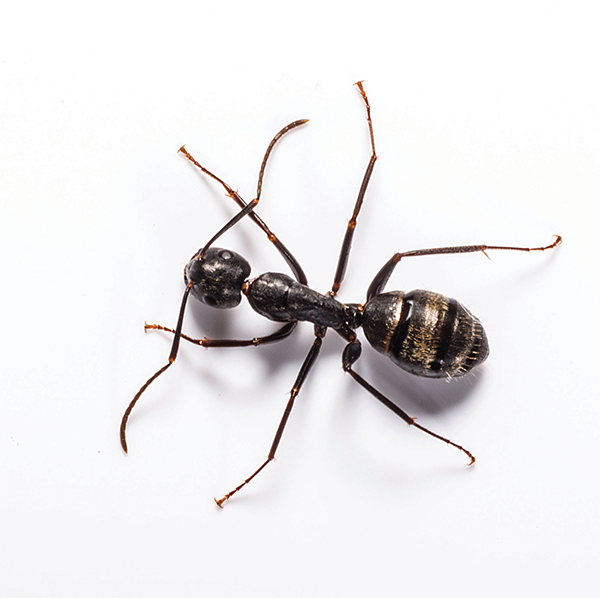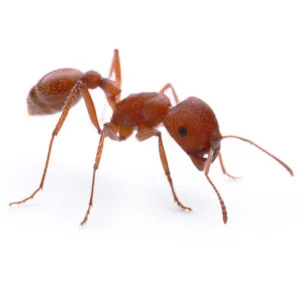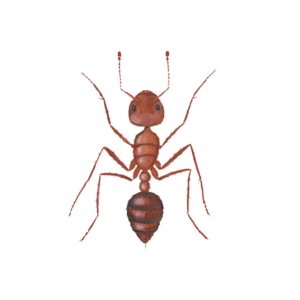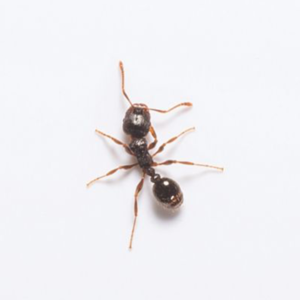Carpenter Ants in San Angelo
Carpenter ants earned their name due to their habit of creating smooth tunnels and galleries in wood while excavating their nests. Often mistaken for termites, these ants are destructive pests that tunnel through wood to build their homes. Unfortunately, this nest-building activity can lead to severe damage, compromising the structural integrity of homes and businesses. Although they don’t eat wood, carpenter ants bore through it, hollowing out the material for nesting. Over time, they can turn sturdy structures into hollow shells. While carpenter ants feed on a variety of foods, they have a preference for sugary honeydew produced by plant-sucking insects.
Carpenter Ant Habitat
Carpenter ants are attracted to moisture, making them capable of establishing nests in various locations. These spots can be either inside or outside of homes or structures, usually close to damp or decaying wood. For homes and buildings, the primary nest is typically situated outside in a tree, stump, or pile of firewood. However, nests are more likely to be found in wood that has been dampened by water leaks, such as attic rafters, roof overhangs, wall voids, hollow doors or columns, crawl spaces, and areas behind dishwashers. It’s important to note that indoor carpenter ant infestations are always linked to moisture issues in residential or commercial properties.
Carpenter Ant Behaviors, Threats, or Dangers
Homeowners should take carpenter ants seriously as they pose a significant threat. Although carpenter ants are not commonly known for biting or being dangerous to humans, their burrowing activities can have severe consequences for the structural integrity of homes and businesses. When carpenter ant swarms occur, usually in spring, it’s a clear sign of nearby nesting colonies. Detecting small piles of sawdust or faint rustling noises within walls may indicate a carpenter ant infestation. While carpenter ants are not as destructive as termites, if left unaddressed, they can systematically damage homes and valuable wooden items. If you suspect a carpenter ant infestation, it’s best to seek assistance from a professional ant exterminator.




